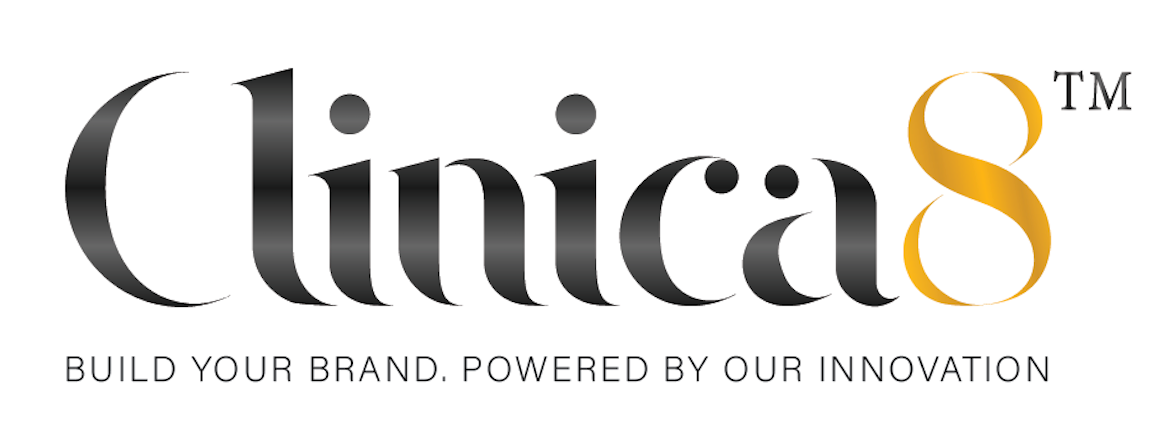Understanding Profit Margins in Private Label Skincare
Learn how to calculate and optimize profit margins for your private label skincare business. Discover pricing strategies that successful brands use to achieve 60-80% gross margins while maintaining competitive positioning.
W. Banks
Partner

Profit margins are the lifeblood of any successful private label skincare business. Understanding how to calculate, optimize, and maintain healthy margins while remaining competitive is crucial for long-term success. With proper margin management, private label skincare brands can achieve 60-80% gross margins while building sustainable, profitable businesses.
Calculating profit margins involves understanding both direct and indirect costs. Direct costs include raw materials, packaging, and manufacturing expenses, while indirect costs encompass marketing, sales, and administrative overhead. Gross profit margin is calculated by subtracting direct costs from revenue, while net profit margin accounts for all expenses.
Optimizing profit margins requires a strategic approach to pricing. Cost-plus pricing, value-based pricing, and competitive pricing are common strategies. Cost-plus pricing involves adding a fixed markup to the cost of goods sold, while value-based pricing sets prices based on perceived customer value. Competitive pricing involves analyzing competitor pricing and adjusting accordingly.
Successful private label skincare brands often employ a combination of pricing strategies. They may use cost-plus pricing for basic products, value-based pricing for premium offerings, and competitive pricing to maintain market share. The key is to find the right balance that maximizes profitability while remaining competitive.
Beyond pricing, optimizing profit margins involves streamlining operations and reducing costs. Negotiating better deals with suppliers, improving manufacturing efficiency, and minimizing waste can all contribute to higher margins. Investing in technology and automation can also help reduce labor costs and improve productivity.
Another critical aspect of profit margin management is inventory control. Holding excess inventory ties up capital and increases the risk of obsolescence. Implementing just-in-time inventory management and demand forecasting can help minimize inventory costs and improve cash flow.
Finally, monitoring and analyzing profit margins on a regular basis is essential for identifying trends and making informed decisions. Tracking key performance indicators (KPIs) such as gross profit margin, net profit margin, and customer acquisition cost can provide valuable insights into business performance.
By implementing these strategies, private label skincare brands can achieve healthy profit margins and build sustainable, profitable businesses. The key is to focus on both revenue generation and cost management, while continuously monitoring and optimizing performance.



